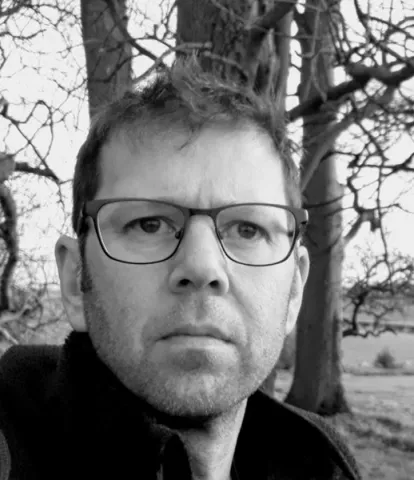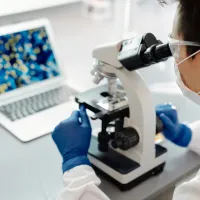About the powder and materials X-ray diffraction facility
The powder and materials diffraction facility offers a range of capabilities from simple phase identification through to complex materials analysis.
Available techniques include:
- X-Ray reflectivity for film thickness measurements,
- low angle diffraction for mesopore characterisation
- grazing incidence diffraction for thin film characterisation,
- measurement of engineered samples such as steel and coated surfaces,
- phase identification of clays and minerals,
- characterisation of ceramics,
- percentage crystallinity of polymers,
- reciprocal lattice mapping for epitaxial systems,
- pole figure measurement for texture analysis,
- residual stress determination,
- high temperature measurements (up to 1000°C) in vacuum or inert atmospheres,
- in-plane diffraction and microdiffraction (50 microns) for sample mapping,
- capillary measurements for air sensitive samples.
The Rigaku SmartLab thin film and materials X-ray diffractometer is a highly versatile, high-resolution instrument.
The facility operates as an Engineering and Physical Sciences Research Council small research facility and can be included on grant applications.
It also offers a contract service for external users upon discussion with the facility manager via nC2 Engineering Consultancy.































